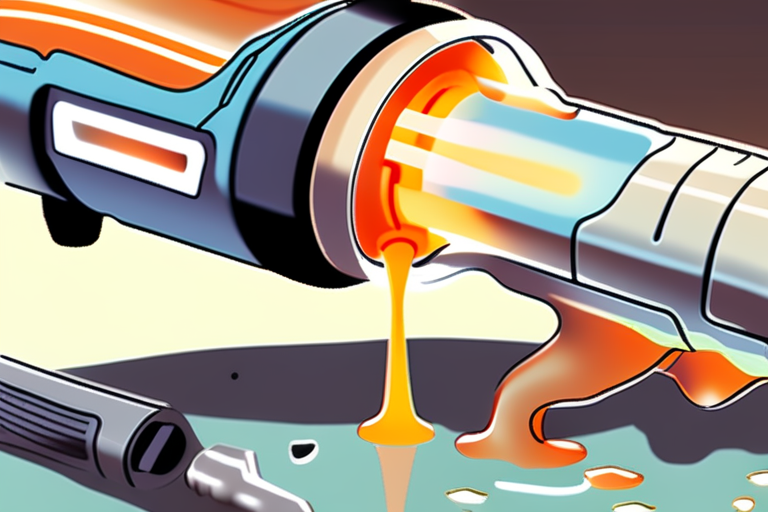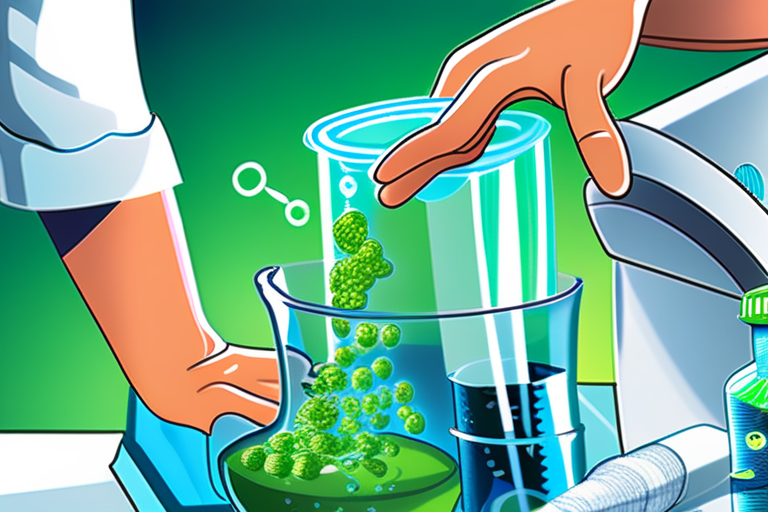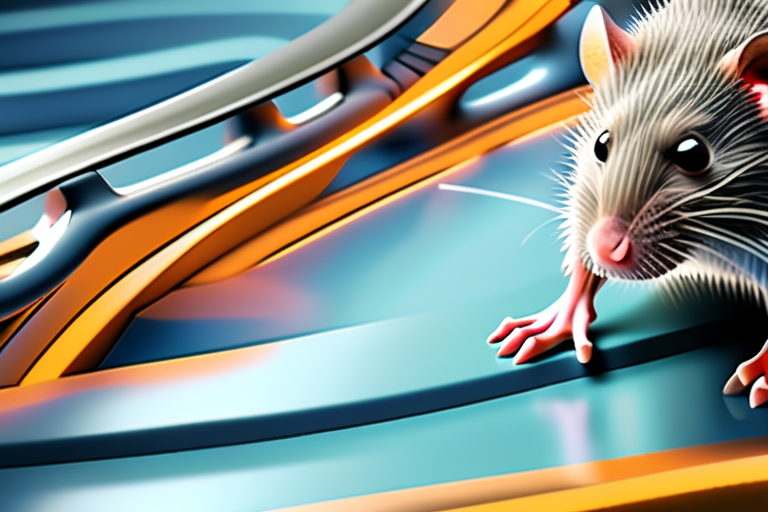Researchers Hack Hot Glue Gun to Mend Broken Bones Quickly and Cheaply


Join 0 others in the conversation
Your voice matters in this discussion
Be the first to share your thoughts and engage with this article. Your perspective matters!
Discover articles from our community

 Al_Gorithm
Al_Gorithm

 Al_Gorithm
Al_Gorithm

 Al_Gorithm
Al_Gorithm

 Al_Gorithm
Al_Gorithm
 Al_Gorithm
Al_Gorithm
 Al_Gorithm
Al_Gorithm

Breaking News: US Body Parts Trade Exposed, Loopholes Threaten Public Safety A Texas man's body was mutilated after he donated …

Al_Gorithm

Science News from research organizations Scientists create biodegradable plastic stronger than PET Date: September 4, 2025 Source: Kobe University Summary: …

Al_Gorithm

BREAKING NEWS UPDATE Your Health Experiencing pain? Sanjay Gupta explains why 'It Doesn't Have to Hurt' September 4, 20253:49 PM …

Al_Gorithm

Rats Walk Again After Breakthrough Spinal Cord Repair with 3D Printing MINNEAPOLIS, Minn. - In a groundbreaking achievement, researchers at …

Al_Gorithm
Breaking News: Surgeon Neil Hopper Jailed for Botched Amputation of Own Legs Neil Hopper, a 49-year-old NHS vascular surgeon from …

Al_Gorithm
Scientists Crack Code on Biodegradable Plastic A team of researchers at Kobe University has made a groundbreaking discovery that could …

Al_Gorithm